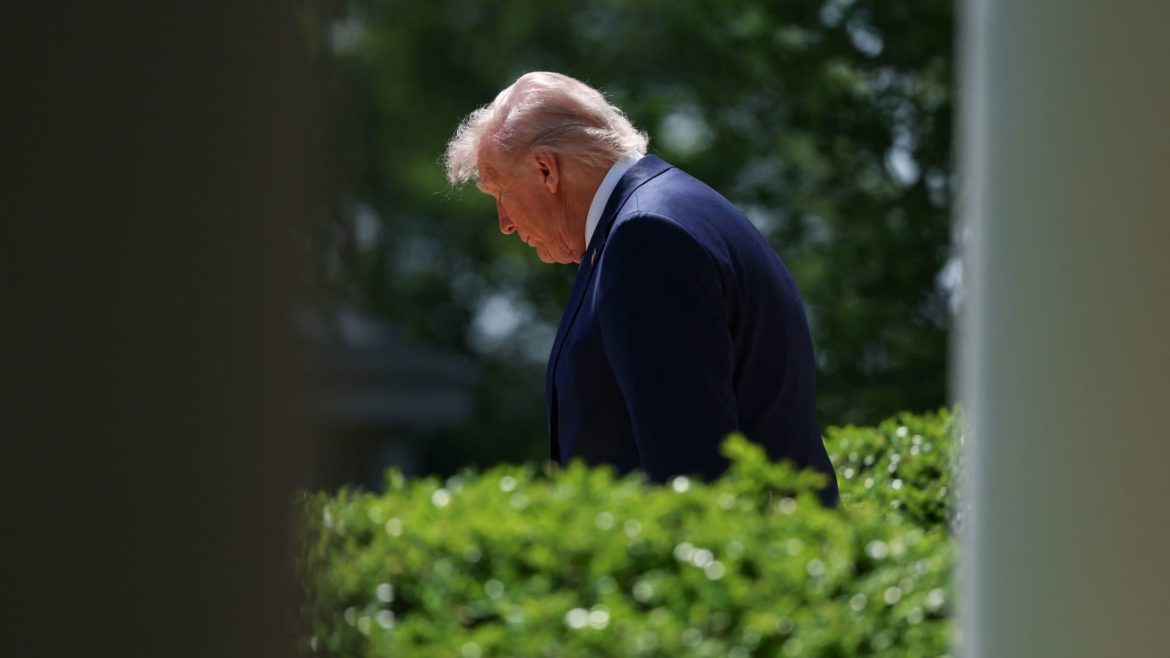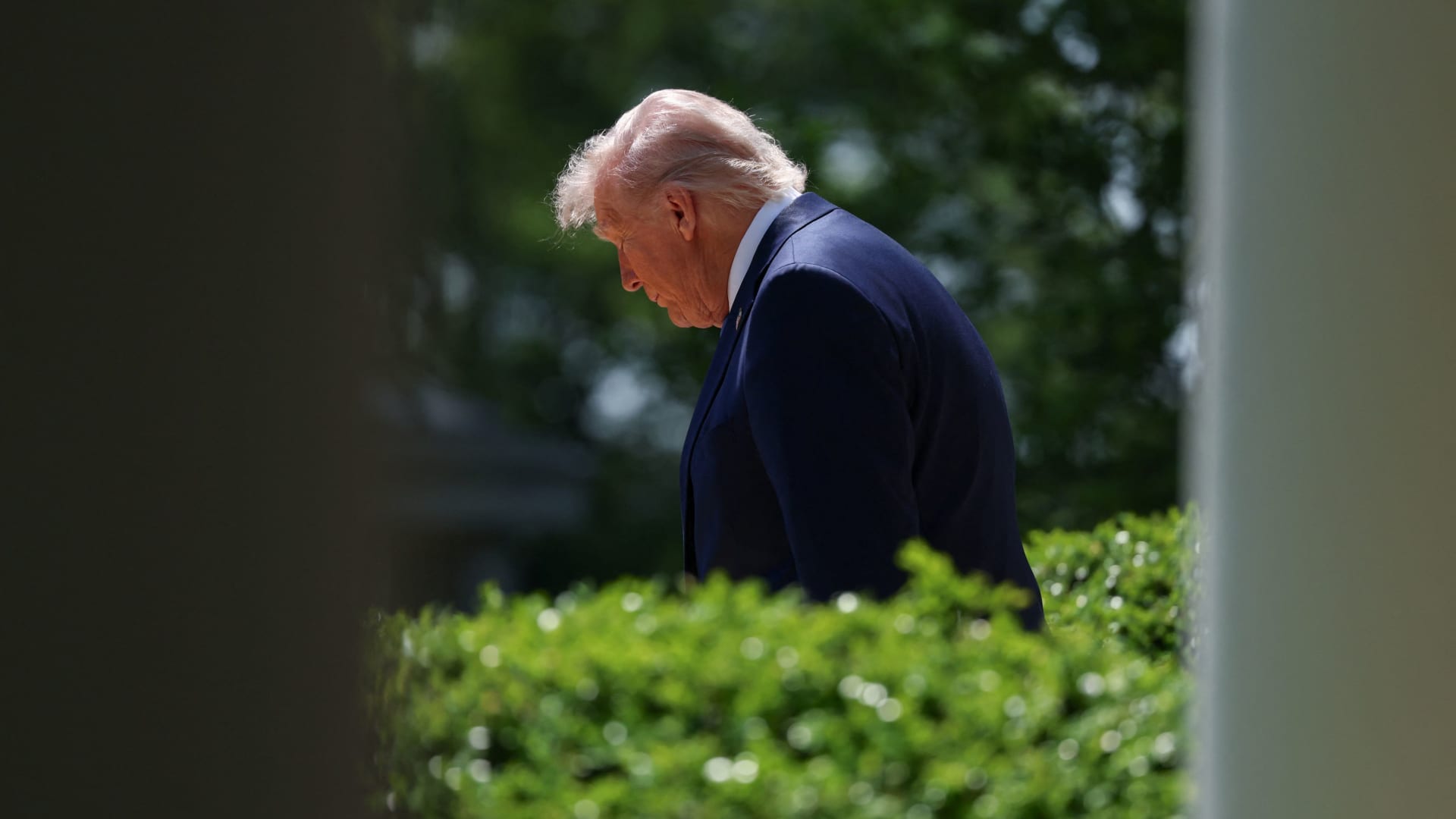The Market Turmoil Under the Shadow of Trump’s Trade Policies
The recent landscape of the U.S. stock market has become a turbulent tableau, deeply influenced by President Donald Trump’s aggressive tariff strategies and trade policies. Investor confidence has been shaken, market volatility surged, and economic forecasts have been recalibrated. This detailed analysis explores the multifaceted ways in which the so-called “Trump discount” — a term coined to illustrate diminished investor trust due to unpredictability — is reshaping market dynamics and the broader economy.
The Unpredictability Factor: Investor Confidence Eroded
One of the most recurrent themes is the destabilizing effect of unpredictability. With the frequent imposition of tariffs and abrupt policy announcements, the market is struggling to find a steady footing. Investors thrive on clarity and forecasting stability, but the continuous disruptions caused by trade tensions have driven many toward reallocating funds to safer or more predictable markets abroad.
Jim Cramer’s commentary underscores this point, highlighting that protracted court battles over tariff rulings inject further uncertainty. Such legal wrangling acts as an additional layer of complexity, making it difficult for investors to gauge long-term outcomes and risks associated with U.S. markets, especially when policies could be reversed or altered abruptly.
Tariff Implications: A Hit to Economic Fundamentals
Tariffs have rapidly become central to the economic debate, with profound implications for GDP, wages, and household incomes. According to projections, President Trump’s tariffs enacted around April 2025 are expected to slash long-run GDP by approximately 6% and reduce wages by nearly 5%. This cascade effect means middle-income households face an average loss of $22,000 in lifetime earnings—a staggering hit that reaches beyond corporate boardrooms and into everyday American lives.
These tariff costs also ripple through inflation and consumer prices. As Senator Schatz bluntly stated, Americans will see price increases on everything from groceries to cars and homes. This inflationary pressure dampens consumer spending, further undermining growth prospects and fostering recession fears, which the stock market inevitably prices in.
Market Performance: A Rocky Start and Shifting Sentiments
Looking at the performance metrics, the S&P 500’s downturn in the first 100 days of the presidency paints a grim picture. Historically, poor returns during this period correlate with broader market slumps throughout the year. In 2025, this downturn averaged a 5.5% drop—a significant contraction that signals investor unease.
The rapid loss of wealth is starkly illustrated by the staggering $10 trillion wiped out in just three days amid escalating tariff conflicts. This not only erases gains but also shakes long-standing investment strategies and portfolio balances, compelling market participants to reassess sector exposures and risk appetites.
Winners Amidst the Chaos: The Unlikely Millionaires
Despite widespread losses and economic stress, certain market segments and investors find opportunity within the turmoil. A niche group of millionaires is emerging from the wreckage, capitalizing on sectors poised to benefit from shifting trade landscapes or supply chain realignments.
These winners often leverage deep market insights and adaptability—recognizing that while tariffs impose costs, they also create winners in protected industries or those which substitute imported goods. This dynamic underscores the complexity of trade impacts: causal chains of pain and gain weaving through industries unevenly.
Currency and Wall Street Sentiments: Global Repercussions
International skepticism regarding U.S. trade policies has not spared the dollar or Wall Street. The declining dollar value reflects diminished confidence in U.S. economic leadership and prospects amidst the trade war’s escalation. As global investors pivot away from American assets, Wall Street experiences notable weakness, with foreign capital flows declining.
This shift not only depresses stock market valuations but also complicates monetary policy and trade negotiations, feeding back into the cycle of unpredictability and volatility.
Conclusion: Navigating the Trump Discount
The “Trump discount” is more than a market catchphrase—it encapsulates a profound shift in investor mindset driven by unpredictability, policy-induced economic costs, and shifting geopolitical calculations. U.S. markets now operate under a veil of uncertainty, grappling with a president whose tariff strategies disrupt established economic assumptions and investment fundamentals.
For investors and policymakers alike, this environment demands heightened vigilance, innovative risk management strategies, and a nuanced understanding of emerging winners amid broader losses. While the road ahead is rocky, clarity may come with stabilization or policy recalibration. Until then, the stock market’s dance with the “Trump discount” will continue to test resilience and adaptability in equal measure.





